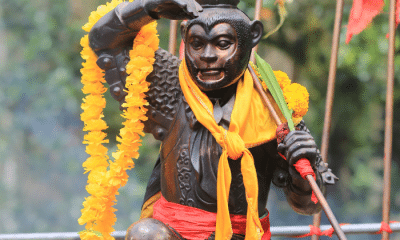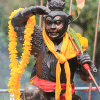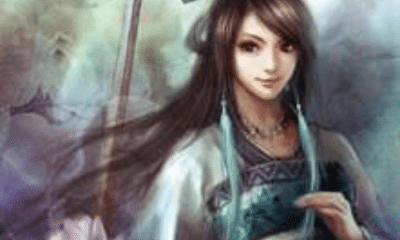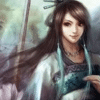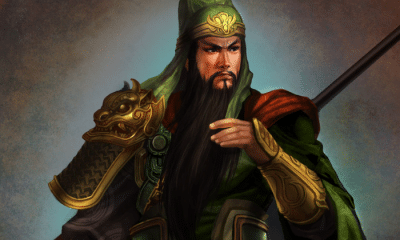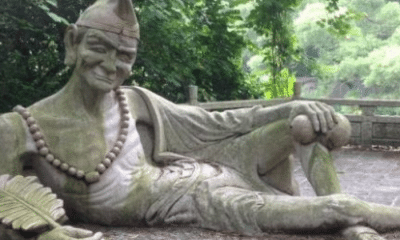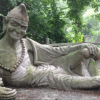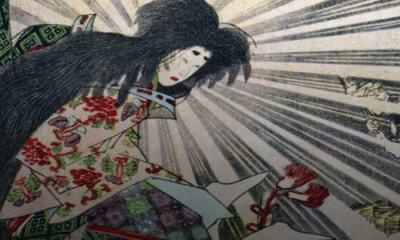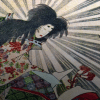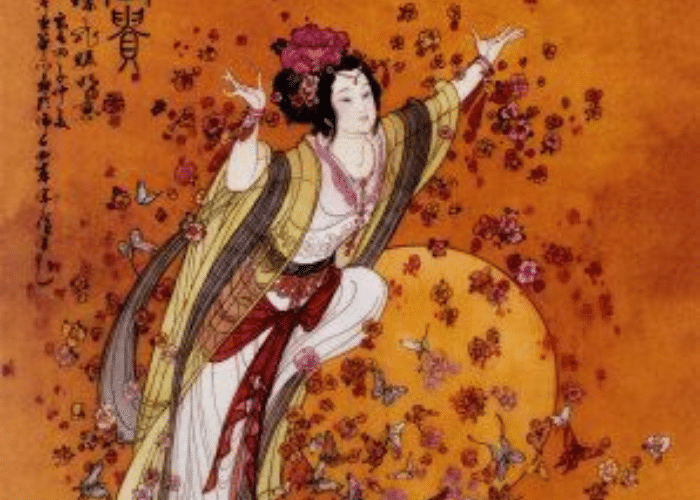
Japanese
Kichijoten: The Lucky Goddess of Beauty
Kichijoten: The Lucky Goddess of Beauty
In some images, Kichijoten replaces one of the traditional Seven Lucky Gods of Japan. Why was this replacement made and how does it affect the symbolism of the group?
Japan’s Seven Lucky Gods are almost always shown as a group. They represent not only forms of good fortune, but also the virtues held in the highest regard by their culture.
They also represent the cultures that helped Japanese culture to develop. The gods of Taoism, Buddhism, and Hinduism are represented in equal numbers.
Some people, however, were unsatisfied with the original Lucky Gods. A misunderstanding led to two of the deities being virtually indistinguishable from one another.
As a result of this, Kichijoten, whose name can also be written as Kisshoten, began to be substituted in the 17th century.
The complex symbolism and divine aspects of earlier gods mean that, although she was from another culture than the god she replaced, Kichijoten’s maintained a more complex type of balance.
Kichijoten as a Replacement Deity
Kichjoten is often named among Japan’s Seven Lucky Gods, although her association with the group is not consistent.
The Seven Gods of Fortune, who in Japanese are called the Shichifukujin, emerged as a group in the 15th century. While the individual gods were recognized well before that time, from then on they were usually portrayed as part of the group.
According to legend, the shogun asked a Buddhist monk to collect seven individuals who represented the highest virtues. The monk returned with the images of seven gods from Japan, China, and India.
The Lucky gods represented the many cultural and religious traditions that informed Japanese thought. Only one was a native deity while the rest were a balance of three other traditions – two each from Taoism, Chinese Buddhism, and Hinduism.
The gods were called by their Japanese names but were otherwise recognizable for their foreign origins. Some of the Chinese deities, for example, wore traditional clothing from their culture.
Although the gods had been taken almost directly from their foreign sources, a mistake was still made. The representatives of Taoist thought were duplicates of one another.
Jurojin and Fukurokujo had slightly different imagery and were taken from two different sources. Both of the Chinese gods who inspired them, however, shared a common root.
In Taoism, both gods were representations of a deity known as the Old Man of the Southern Pole. They were, essentially, regional variations of the same god.
The similarities in their functions and iconography were inescapable. Jurojin and Fukurokujo were often confused for one another.
This is likely what led to Kichijoten being introduced into the group in the 17th century.
When Kichijoten is included in the Seven Gods of Fortune she replaces Fukurukujo, eliminating the confusion of the twinned Chinese gods.
Among the Lucky Gods, Kichijoten is the goddess of femininity and beauty. She promotes fertility and love.
She is recognizable both by her beautiful features and the Nyoihoju gem she holds. A symbol that occurs in both Indian and Japanese art, the gem has the power to grant wishes.
My Modern Interpretation
The inclusion of Kichijoten eliminated the confusion between two of the Lucky Gods, but it also undid the careful balance of the group.
Balance and harmony are important principles in many Asian cultures, including Japan. If the Seven Gods of Fortune were thought to represent the highest virtues, they had to be in balance themselves.
The original group included even numbers of Taoist, Hindi, and Buddhist deities. Together they illustrated the beliefs that had influenced Japanese thought and religion.
Kichijoten replaced one of the Taoist deities but was not from the same tradition. Instead, she was another Hindu goddess.
To restore a sense of balance, a change is sometimes made to another of the Seven Lucky Gods.
Diakokuten is another member of the group whose origins are in India. Rather than being a god from Hinduism, however, he is taken from Buddhist texts.
His name is a direct translation of that of Mahakala, a divine figure in Buddhist lore. Mahakala, however, is also not unique to Buddhism.
He is an aspect of the Hindu deity Shiva. While Shiva himself was not directly adopted into Buddhism, many of his manifestations are divine figures in that tradition.
In order to restore balance to the Lucky Gods, some images show Diakokuten in a feminine form.
In Hinduism, like many Asian religions, the gods can manifest in different ways depending on their function and the setting. Male and female aspects of the same deity are common.
If Diakokuten is interpreted as an aspect of Shiva, his feminine form is that of Parvati or Kali.
Benzaiten is the Japanese version of Saraswati. Kichijoten is based on Lakshmi.
This means that the three goddesses of the Hindu Tridevi are all included in the Seven Lucky Gods. The Tridevi represents its own form of balance.
The three chief goddesses of Hinduism are the feminine embodiments of the ultimate balancing forces in Vedic teachings. Saraswati is a goddess of creation, Lakshmi is the force of preservation, and Parvati is the power of destruction.
The three goddesses represent the balance of one of the systems represented by the Seven Lucky Gods. When grouped together as aspects of the feminine, they also create balance among the remaining gods.
With one Taoist god removed, a Buddhist god in a feminine aspect, and the original Hindu goddess grouped with her sex, there is one god of each pantheon remaining. This also balances Ebisu, who is the only one of the seven with a Japanese origin.
The new Seven Lucky gods are not simply an even mix of three cultures. They are the gods of four cultures combined with a balanced trinity of female forms.
In Summary
Kichijoten was not one of the original Seven Lucky Gods of Japan, but she began to be included in the 17th century.
She sometimes replaced Fukurokujo, who was virtually identical to the other Taoist god of the group. Kichijoten represented beauty, femininity, and fertility.
Because she was based on a Hindu goddess, however, she disrupted the balance of the group.
A new balance could be created, however, but showing one of the Buddhist gods in the feminine form of his Hindu aspect. This left the group with one male god each from Taoism, Buddhism, Hinduism, and Shinto.
The three goddesses that remained were all then Hindu deities. Together, they represented the feminine tridevi, the perfect balance of creation, preservation, and destruction.
The substitution of Kichijoten in the Seven Gods of Fortune not only remedied a source of confusion, it also created a more complex symbolic balance between the seven deities.


